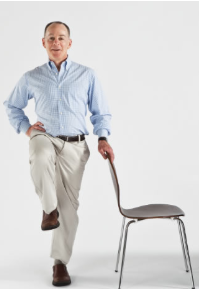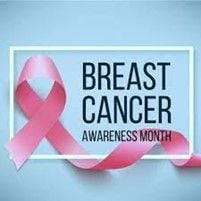)
)
)
)
)
)
)
)
)
)
)
)
Balance and Preventing Falls
Everyone can be at risk of having a fall, but falls can be more serious in older adults because they are more likely to be injured.
Falls Facts1
Falls are common in older people and are a leading reason for admission to hospital or nursing homes. Falls can lead to older people losing confidence or becoming withdrawn and many feel as if they have lost their independence.
There are simple, everyday measures around the home that an older person can take to help prevent a fall. They include:
You may ask a professional to review the medications that you are taking to see if they cause side effects, such as dizziness, which will increase your risk of having a fall. A sight test may also be beneficial if you are having problems with your vision.
Balance
Balance is the ability to move, stand, walk, climb stairs, play sports of dance without falling over. We often take good balance for granted. Simple activities such as walking across a gravel driveway, stepping from a footpath onto grass of getting out of bed in the middle of the night without stumbling can be difficult for those with impaired balance. Without good balance, these activities can be fatiguing and sometimes dangerous.
Balance is achieved and maintained by a complex system which includes:
Injury, disease, certain drugs or the aging process can affect one or more of these components.
Is there any way to prevent falls?
Research has shown that older people who take part in regular strength and balance training are less likely to have a fall2.
How can I build my balance?
Moving your body will improve your balance and posture, strengthen your muscles and bones and improve your overall fitness and general wellbeing.

How can I strengthen my legs?
Maintaining strong muscles, bones and joints in your legs will help you avoid slips, trips and falls and allow you to maintain your movement and flexibility.

Useful contacts
1. AIHW: Bradley, C. (2013) Trends in Hospitalisations due to falls by older people, Australia 1999-00 to 2010-11, Injury Research and Statistics no. 84. cat. no. INJCAT 160. Canberra: AIHW. Retrieved from http://www.aihw.gov.au/WorkArea/DownloadAsset.aspx?id=60129543591
2. Sherrington, C., Michaleff, Z.A., Fairhall, N., Paul, S.S., Tiedemann, A., Whitney, J., Cumming, RG, Herbert, RD, Close, CTC, Lord SR. Exercise to prevent falls in older adults: an updated systematic review and meta-analysis. Br J Sports Med (2017) 51:17491757
| Tags:Falls Prevention |
| Posted in:Working Hours |
)
| Posted in:LaserMassageLymphoedemabreast cancer |
Our physiotherapists are trained to recognise, assess and treat patients that are suffering from vertigo from a vestibular origin such as Benign Paroxysmal Positional Vertigo (BPPV), vestibular neuronitis/labyrinthitis and following acoustic neuroma resection.
read more